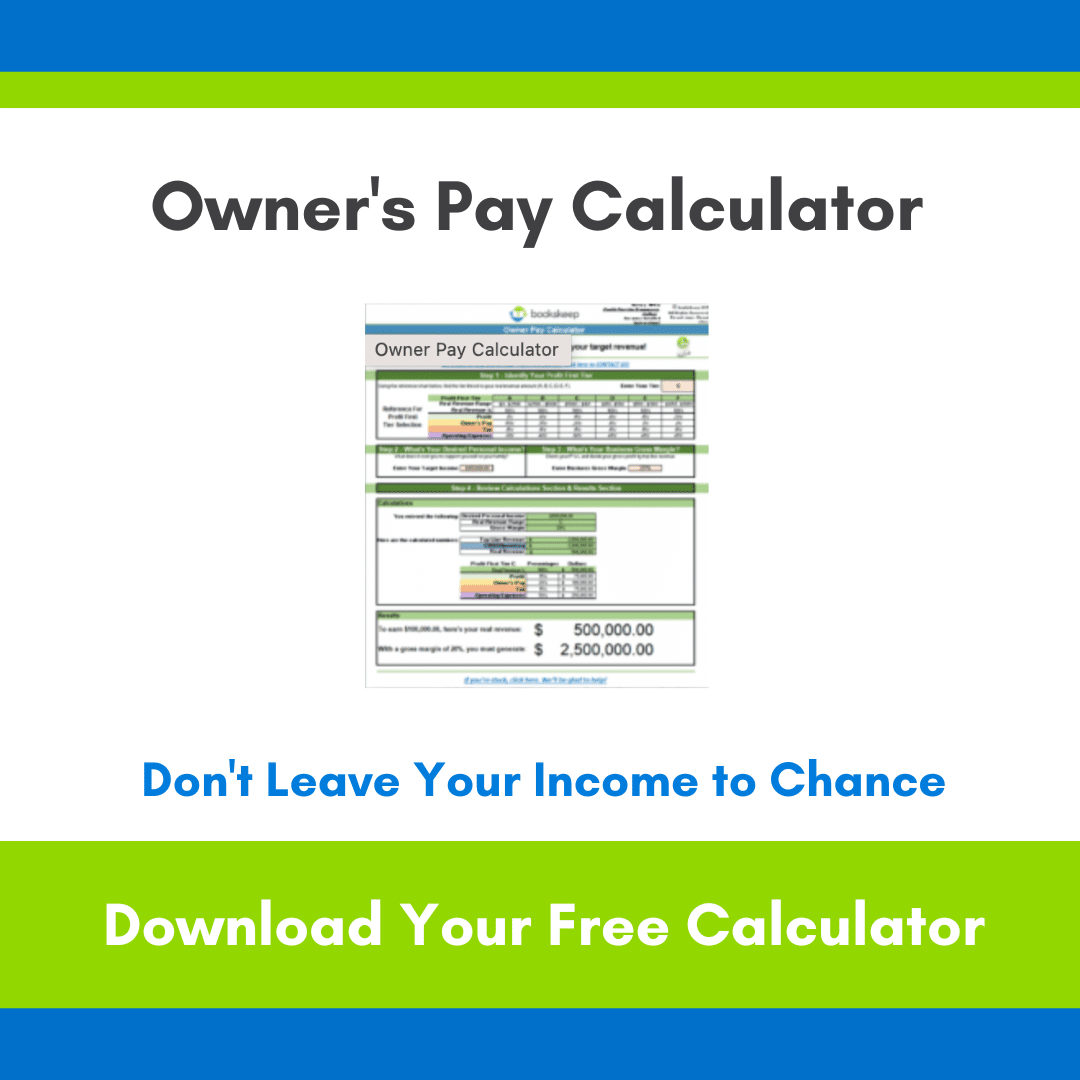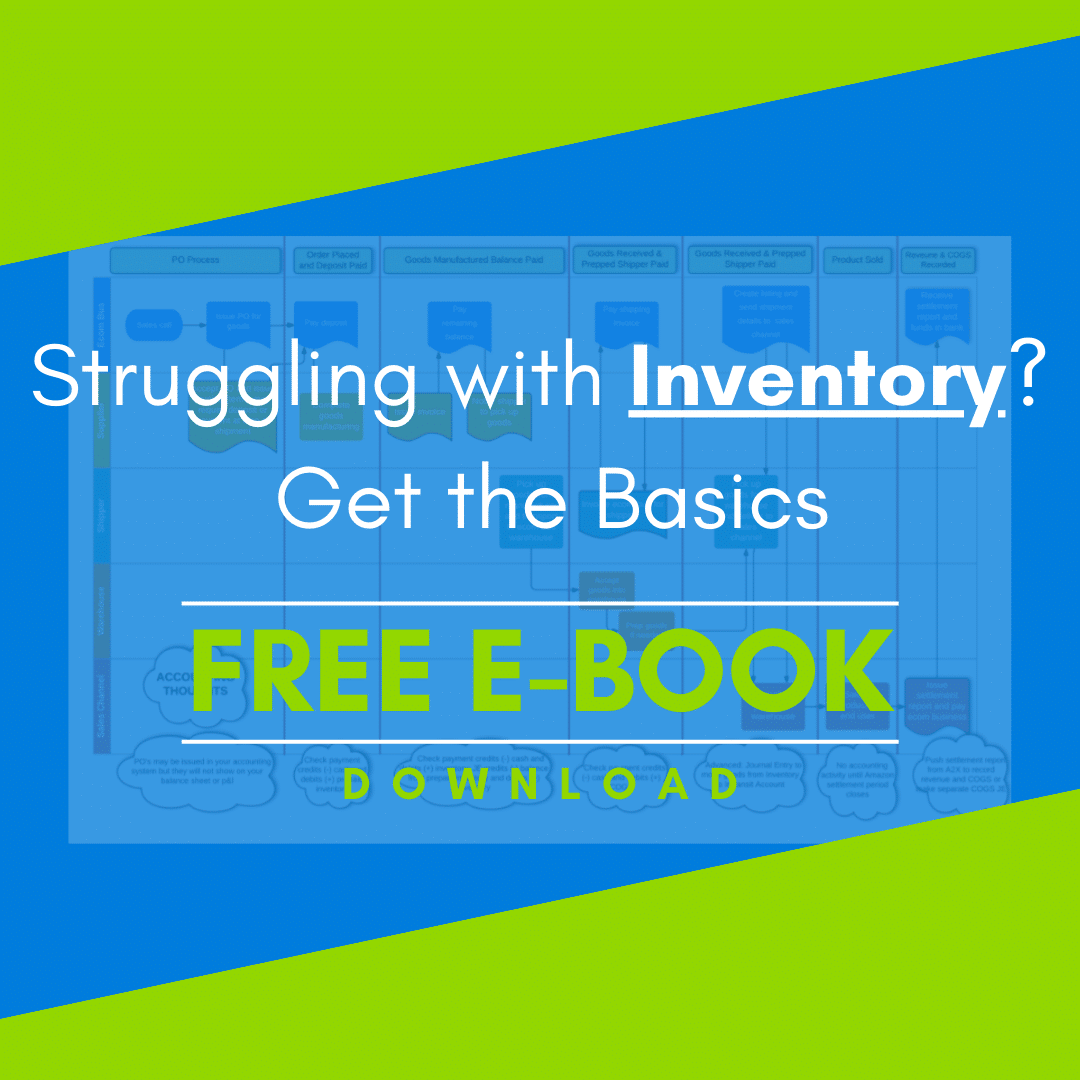These last few months have been a wild ride for our clients. Some sold more in April than in Q4. Some were laying off employees and pivoting to merchant fulfilled. Most were applying for the SBA loans, both the PPP and the EIDL. The ecommerce business has really been all over the map. I hope you and your business have both fared well during this health and economic crisis. Let’s talk about what the next few months might look like from a financial perspective.
How to Use Your PPP Loan
First, if you received a Paycheck Protection Program (PPP) loan, make sure you are carefully documenting how you are using these funds. Keep these stipulations in mind:
- At least 75% of the amount you received must go towards payroll. Keep track of each payroll paid to ensure you will meet this target.
- You also have to be watching the Full Time Equivalents (FTE), which is the number of people you have paid based on the percentage of full-time hours they worked. So for example, if you paid 8 people who each worked 20 hours a week (which is 1/2 time of a normal 40-hour work week), then your FTE is 4. The FTE number you submitted on your application will be compared to the number of FTE’s you paid during the 8-week period.
- The remaining 25% must go towards approved expenses such as rent, mortgage, utilities.
- You will have a 60-day window to apply for forgiveness of the PPP loan. That time may be coming up now for many of you that received the funding early. Please check the SBA website for the latest information about the forgiveness process. They have released rules and an application at this time; however, there are currently bills in Congress that will extend the timeline for requesting forgiveness and for how the funds may be used.
Using Your EIDL Loan
If you received and Economic Injury Disaster (EIDL) loan, you also need to be carefully documenting how you spend the funds. There are a few restrictions:
- These funds cannot be used to restructure or refinance long-term debt or to buy fixed assets.
- They are intended to be used for working capital.
- Make sure you have your records in order for how these funds are spent.
I have heard from several ecommerce sellers about how they will be using these funds to grow or develop new products. While it is always a great idea to be innovating, you should realize that we are in the early days of this crisis. I strongly suggest setting some funds back to serve as your cash reserve. Having access to this type of money again is unlikely. A good cash reserve amount would cover 3 months of your bills in typical economic times. A little extra is appropriate in our uncertain situation. Put this money in a savings account and forget you have it. Let’s hope you don’t need it.
Remember Your Squirrel Fund
Many of you may be experiencing growth in addition to the extra funds you have received from disaster loans. If you are selling at a high volume, be sure you consider that this most likely is a temporary bump, not a new normal. Just like we advise for the Q4 sales bump, or whenever your busy season is—look at that income and set aside the funds for inventory replenishment. Set aside money to cover your owner pay and taxes and operating expenses. Know that any amount over these typical monthly payouts is your “squirrel fund.” Put that away to use for either growing your inventory or introducing new products. You don’t want to just let it sit in the operating checking account and be frittered away on items that are not on your growth path.
Prepare for Upcoming Taxes Due
Another major financial hit is coming up in July. You will have three tax payments due on July 15th: Income taxes due for 2019, Q1 2020 estimated tax payments, and Q2 2020 estimated tax payments. Then, in 60 days you’ll be paying Q3 estimated tax payments during the normal due date which is September 15, 2020. If your sales have increased significantly over last year, make sure you check in with your tax professional to update your estimated tax payments. Tax planning should be done throughout the year, not just in April.
This time can be confusing as we all deal with the current health and economic issues. Make sure you have financial advisors helping you during this unprecedented time.
Interested in Profit First?
If your ecommerce business isn’t where you’d like it to be in terms of profitability, check out my book, Profit First for Ecommerce Sellers. It answers important questions about how to implement Profit First in an ecommerce business. Take control of your money and your business, and put Profit First to work for you!
You can also sign up for the Profit First for Ecommerce Sellers Online Course. As a Mastery Level, Certified Profit First Professional, I will teach you why Profit First works so well for ecommerce businesses and the particular challenges for businesses that have physical products requiring inventory management. You will learn how your behavior drives your money management habits for your business and how you can set up your business bank accounts to work with your habits. Contact bookskeep today to learn more about ecommerce bookkeeping.





Leave a Comment